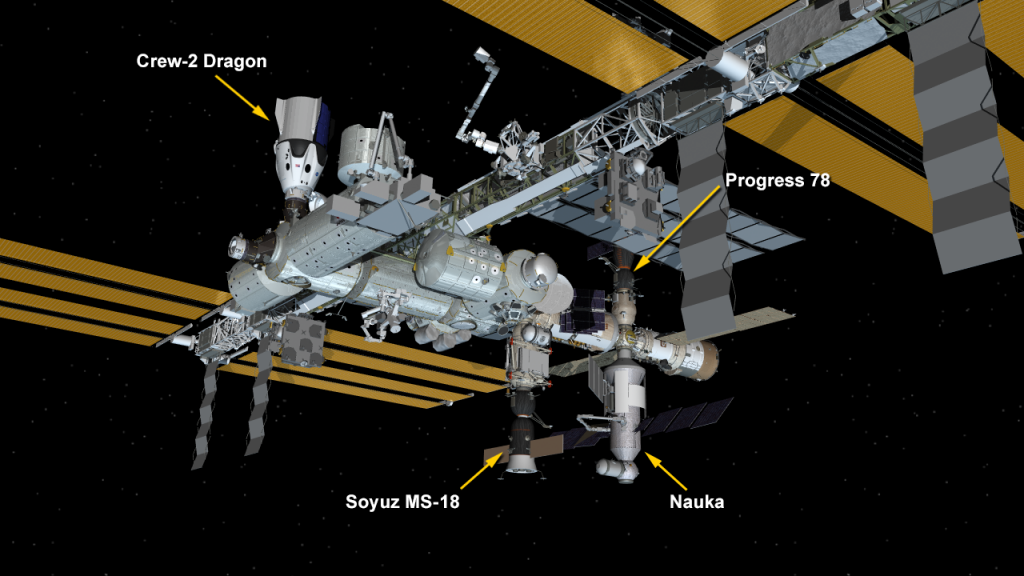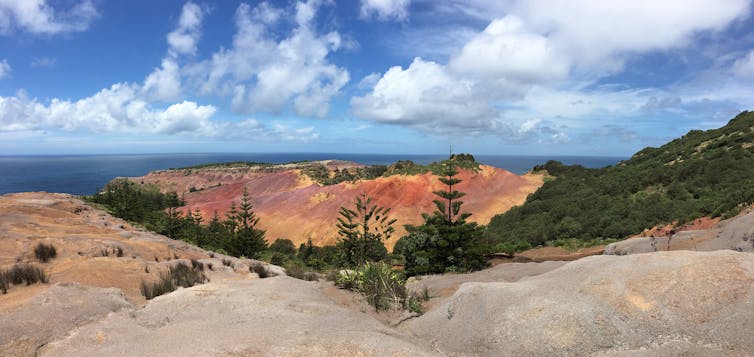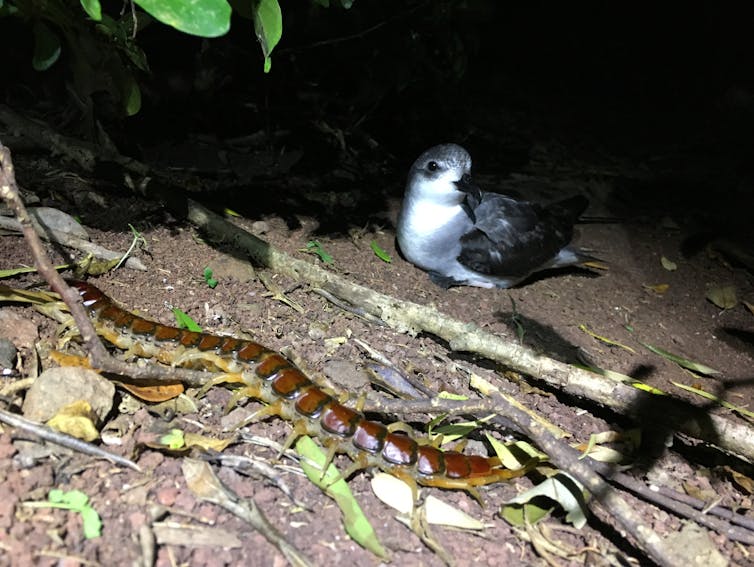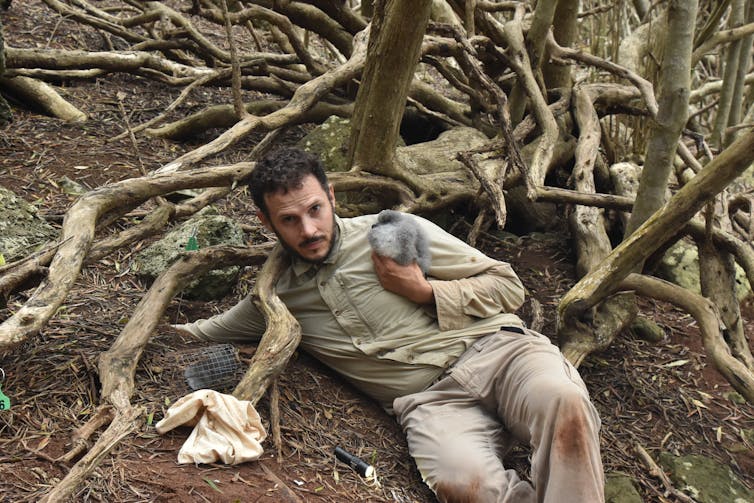MINING.COM Staff Writer | August 3, 2021 |

Manganese. (Image by Antonio Jordán, Imaggeo).
Researchers at the University of Basel in Switzerland have produced the first-ever luminescent manganese complexes in which exposure to light causes the same reactions as in ruthenium or iridium compounds.

Iridium is normally used in organic light-emitting diodes (OLEDs) and ruthenium is employed in solar cells. These metals, however, are very rare and by virtue of their scarcity, very expensive.
Manganese, on the other hand, is 900,000 times more abundant in the Earth’s crust than iridium, as well as being significantly less toxic and many times cheaper. These are the reasons why the Swiss scientists decided to focus on it in their quest to produce more sustainable luminescent materials and catalysts for converting sunlight into other forms of energy.
In a paper published in the journal Nature Chemistry, the research team led by Oliver Wenger and Patrick Herr explain that in their current development stage, the new manganese complexes perform worse than iridium compounds in terms of their luminous efficiency. However, the light-driven reactions that are needed for artificial photosynthesis such as energy- and electron-transfer reactions take place at high speed.
MANGANESE IS 900,000 TIMES MORE ABUNDANT IN THE EARTH’S CRUST THAN IRIDIUM, AS WELL AS BEING SIGNIFICANTLY LESS TOXIC AND MANY TIMES CHEAPER
This performance is due to the special structure of the new complexes, which leads to an immediate charge transfer from the manganese toward its direct bonding partners on excitation with light. This design principle for complexes is already used in certain types of solar cells, although until now it has mostly featured noble metal compounds, and sometimes complexes based on the less noble metal copper.
The group also incorporated tailor-made molecular components into the complexes to force the manganese into a rigid environment. This allowed them to suppress the distortions that normally occur in complexes made of cheap metals — compared to noble metal compounds — when light energy is absorbed. This was an important limitation to overcome because when complexes begin to vibrate, a large part of the absorbed light energy is lost.
Having forced manganese into a rigid environment also allowed the team to increase the stability of the resulting compounds and their resistance to decomposition processes.
Until now, no one had succeeded in creating molecular complexes with manganese that can glow in solution at room temperature and that have these special reaction properties.
In the paper, Wenger and his group wrote that, in future research projects, they want to improve the luminescent properties of the new manganese complexes and anchor them on suitable semiconductor materials for use in solar cells.





















